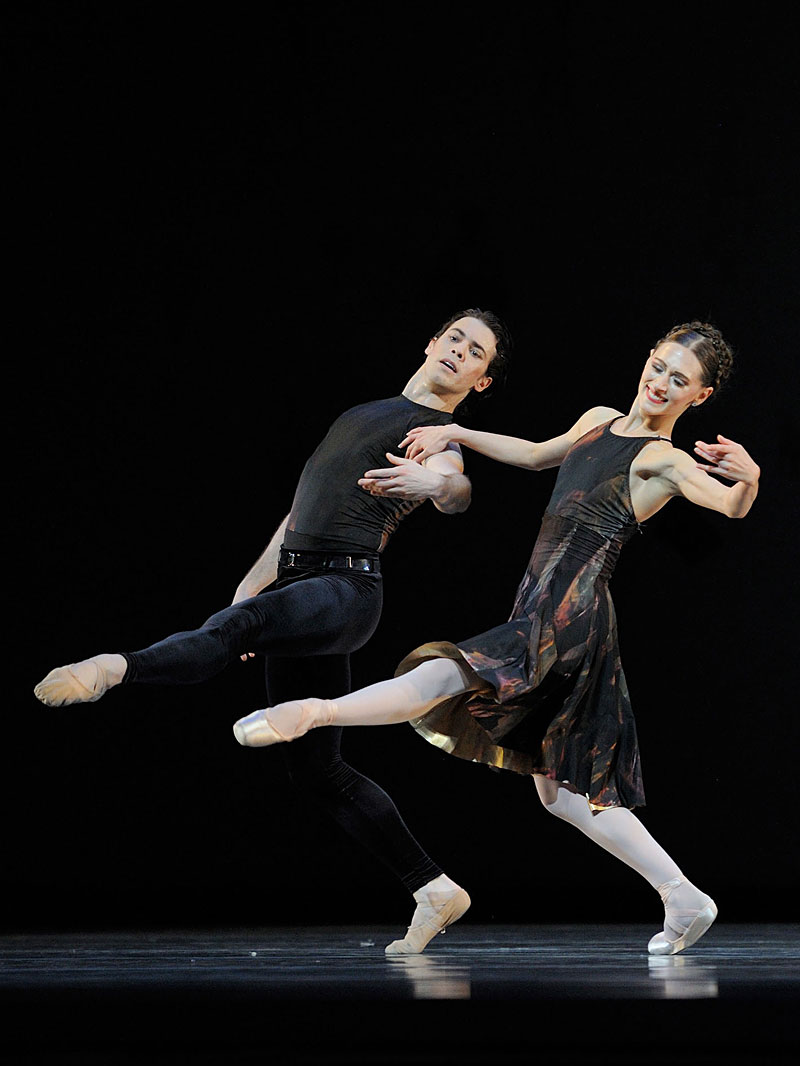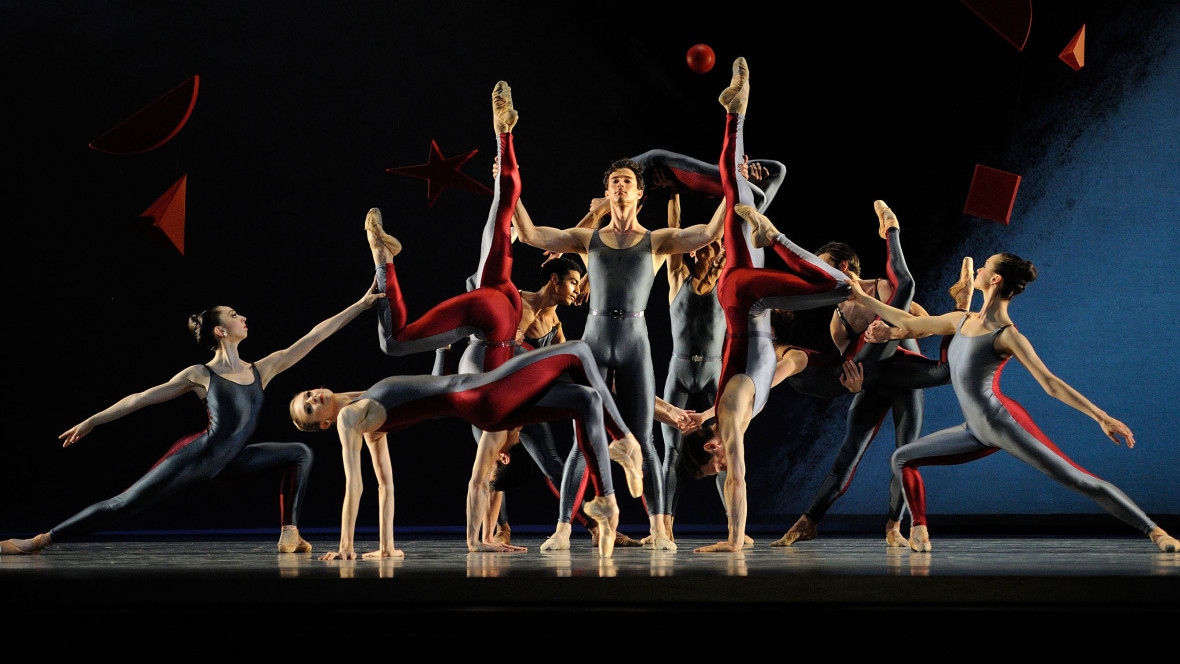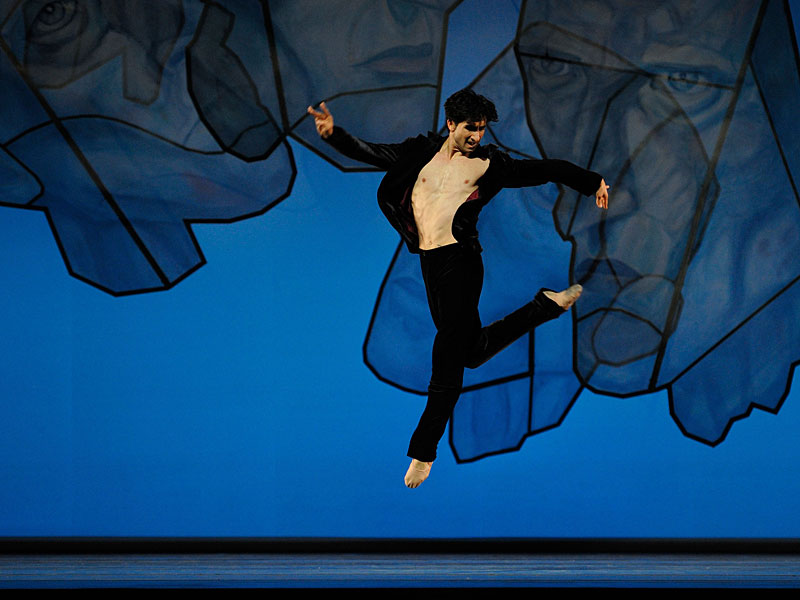When San Francisco Ballet first danced Alexei Ratmansky’s Shostakovich Trilogy last April, artistic director Helgi Tomasson didn’t expect it to be a hit. A plotless three-act ballet set to the grating dissonances of Shostakovich? Tomasson slated the ballet for only one season. But after opening-night, word spread of the ballet’s brilliance and the crowds poured in. So the Shostakovich Trilogy will return to San Francisco next week.
Thank goodness.
One might think the Russian-born Ratmansky would have inspired more confidence on Tomasson’s part. Trained at the Bolshoi, the choreographer is artist in residence at American Ballet Theatre and the recipient of a MacArthur “genius grant.” In recent years he has made commissions for the New York City Ballet, Royal Danish Ballet, La Scala and the Bolshoi Ballet, among many others. And he is only 46.
His Shostakovich Trilogy is, simply put, a contemporary masterpiece, an astonishing and quite possibly perfect whole. Ratmansky catches the inner current of the music, with its oscillation between sweet melodies and grotesque parodies, so that, in watching the dancers, we live inside Shostakovich’s emotional dissonance. Only a Russian choreographer with Ratmansky’s narrative leanings could have teased out this music’s true drama. Or perhaps a Czech, because watching the Shostakovich Trilogy is like reading a Milan Kundera novel: by the end, you feel that you’ve vicariously lived in a communist state.
The ballet has no plot per se, but Ratmansky ingeniously and very subtly suggests a story. The first panel of the trilogy is danced to Symphony No. 9, an eerily bright romp that was commissioned to celebrate Russia’s victory over Nazi Germany. The dancers wear a murky mix of brown and green, with just a flash of gold on the underside of their skirts (this is ballet, after all). The women wear their hair is in peasant braids and cavort with the men like rustic folk to cheerful Haydenesque themes.

Before long the mood – and the music – darkens, and a principal couple comes in (the always-dramatic Sarah Van Patten and the dashing Carlos Quenedit on last year’s opening night), looking warily over their shoulders. They seem to ask, is all this cheerfulness too good to be true? Two pizzicato notes are plucked by the cello between melodic refrains and the dancers look suspiciously left and right—not when the notes are plucked, but in the pauses when we hear, in our imaginations, the ghostly echoes of those two notes. Then they join the dance.



